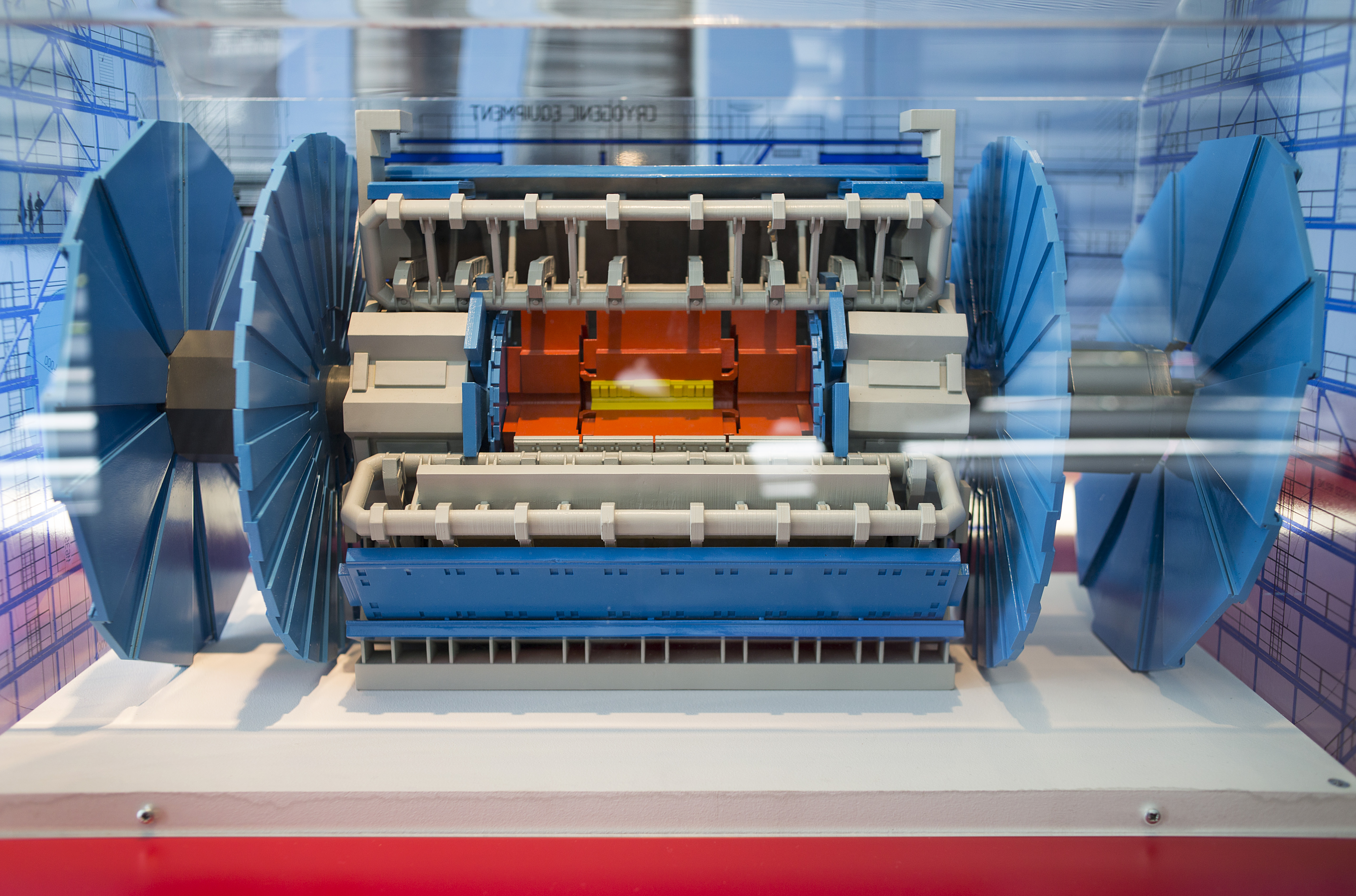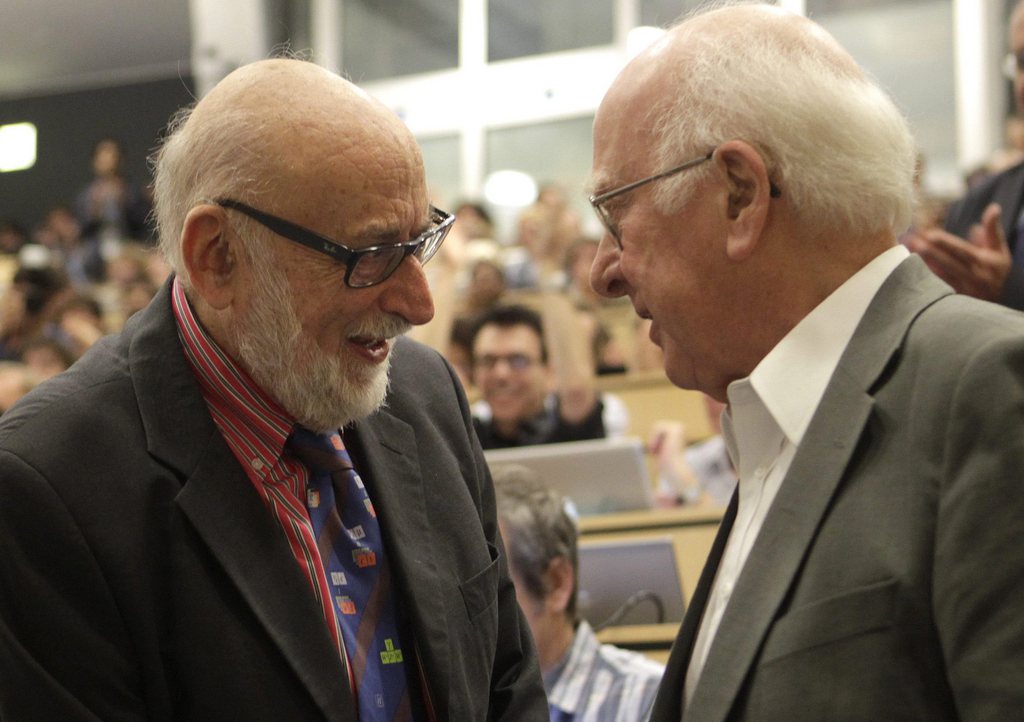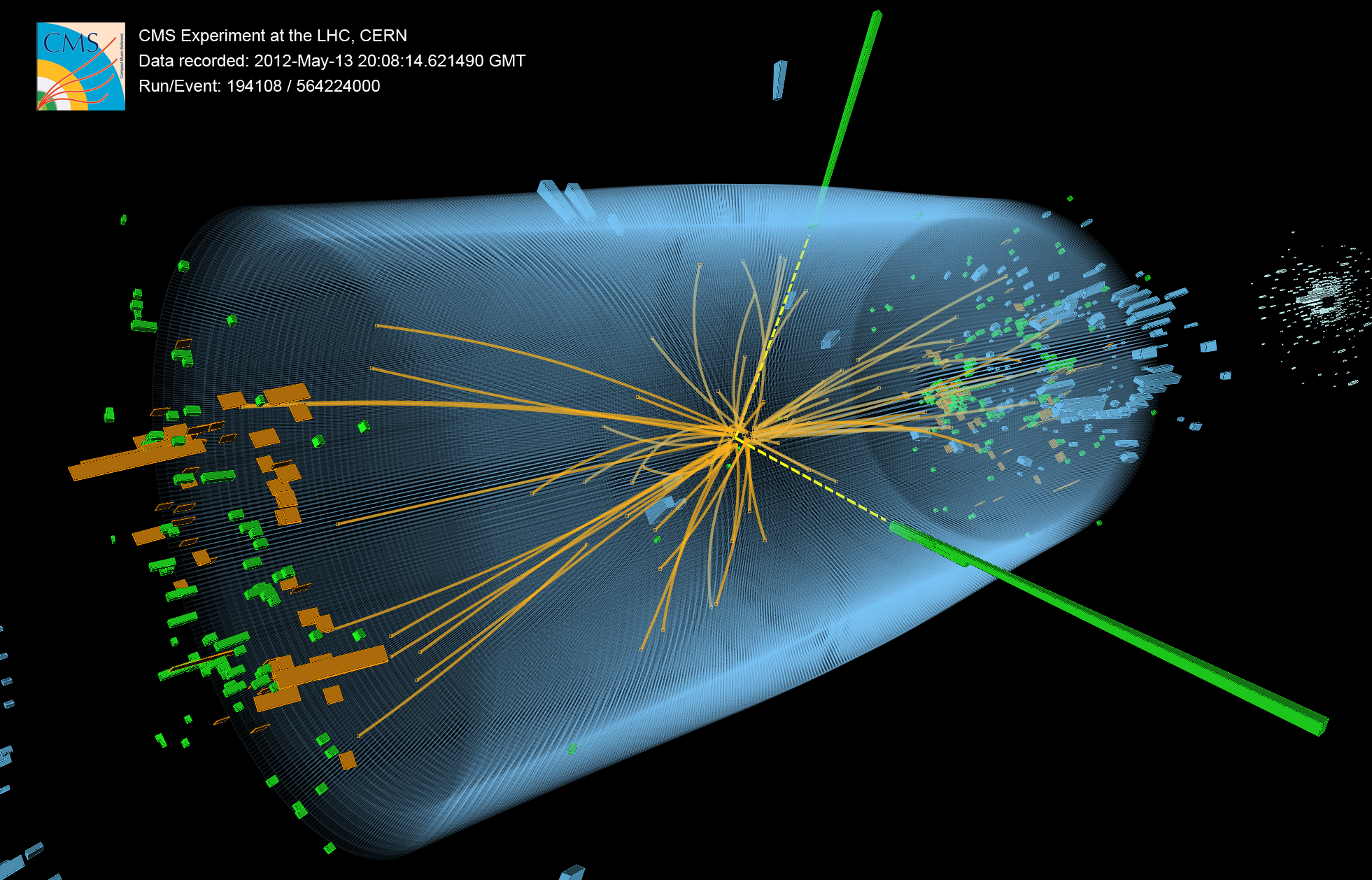‘Big-Bang’ machine prepares for relaunch

After months of maintenance work, the world's most powerful particle accelerator – the Large Hadron Collider (LHC) – has begun a cool-down phase in preparation for a second three-year run. Research should begin again in early 2015.
Following 16 months of repairs and upgrades, the LHC, based at the European Organization for Nuclear Research (CERN) north of Geneva, is on track to resume at double the energy level of its initial working run, CERN said in a statement on Monday.
In the giant subterranean collider, which started up in March 2010, high-energy protons in two counter-rotating beams are smashed together hundreds of times a second in search of exotic particles. Travelling at just under the speed of light, they are guided by thousands of superconducting magnets. The debris is then tracked on huge detectors.
During its first three-year run, the LHC ran at a collision energy of seven-to-eight-trillion electron volts (TeV), delivering particle collisions to four major experiments.
As part of the maintenance work, 10,000 superconducting magnet interconnections have been checked and reinforced in order to prepare the LHC to run at its higher design energy of 13 TeV. When it is running at full capacity the collider will produce 20 times more collisions than during the initial phase.
CERN said the last LHC magnet interconnection was closed last week and one section of the machine deep underground on the French-Swiss border had already been cooled to operating temperature. The accelerator chain that supplies the LHC’s particle beams is also starting up.
CERN Director General Rolf Heuer said the atom-smasher was “effectively a new machine, poised to set us on the path to new discoveries.”
“There is a new buzz about the laboratory and a real sense of anticipation,” he added.

More
In the bowels of the monster
The data from the initial experiments were used in 2012 to discover a long-theorised subatomic particle known as the Higgs boson. First mentioned in a 1964 paper by Peter Higgs, it gives mass to fundamental particles. Physicists believe the boson and its linked energy field were vital in the formation of the universe – bringing flying particles together to make stars, planets and eventually humans after the Big Bang 13.7 billion years ago.
Fresh evidence – published in the Nature Physics journal on June 23 by an international group that includes researchers from Zurich University – suggests the particle discovered in 2012 is indeed the Higgs boson.
“The discovery of a Higgs boson was just the beginning of the LHC’s journey,” said senior CERN physicist Fabiola Gianotti. “The increase in energy opens the door to a whole new discovery potential.”
Researchers plan to continue their studies on the Higgs boson and look at unsolved mysteries such as dark matter, which makes up most of the universe.

In compliance with the JTI standards
More: SWI swissinfo.ch certified by the Journalism Trust Initiative












You can find an overview of ongoing debates with our journalists here . Please join us!
If you want to start a conversation about a topic raised in this article or want to report factual errors, email us at english@swissinfo.ch.